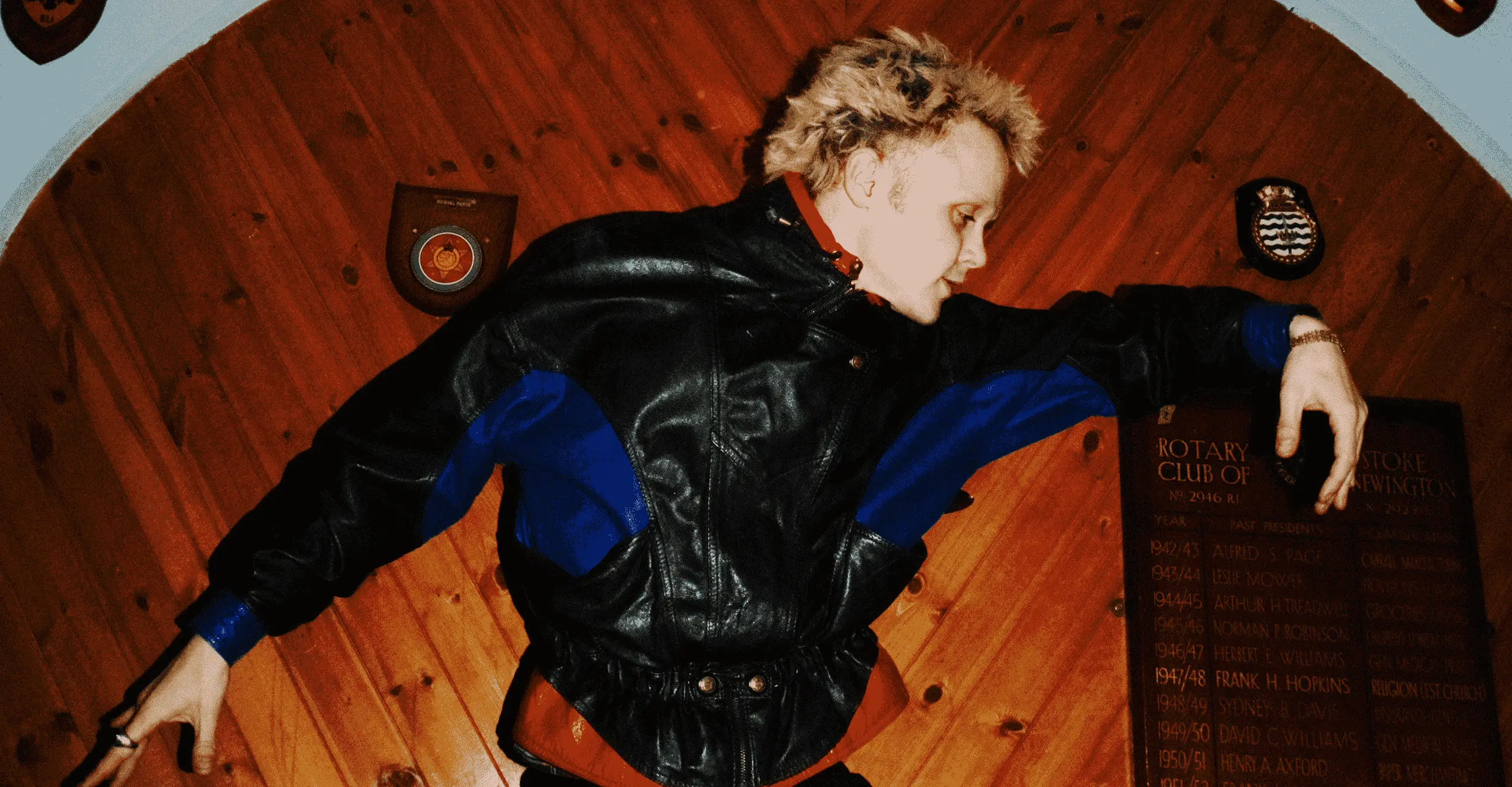Speed Dating seeks to captivate its viewer almost instantly. This ongoing project of mine documents club and youth culture across London. Amongst the queer community there seems to be this unanimous feeling that just for the night, nothing else exists beyond these celebrative spaces. These clubs, for a moment, shadow a worryingly regressing world. I want this work to be all-consuming. Flicking through a photobook, watching a video, or even looking at a particular photograph should pull the viewer into this world. This work is for outsiders in a lot of senses - experiencing these photos in an environment likely far from late-night clubs.
This project also explores the intimate relationships formed between people on nights out and how often clubbing and nightlife are where relationships bubble to the surface. Amongst my friends, It’s not unusual to see expressions of love, as well as less uplifting feelings. Some of the more candid pieces highlight this.
‘Dancers’ (below) for example, was an interesting photograph to take. In looking at my photos from the evening I took this, I realised that the two seemed much more distant at the beginning of the night, and as the night progressed - and as my photography continued - they became closer and closer. Eventually resulting in this image. I love the fact that the only thing you can see is the arm of the man he's dancing with. The rest is open to interpretation, and it goes on outside of the camera's view.
Visually I’ve found I'm drawn to high-contrast photography. I find working with striking colours and bold lighting feels very in keeping with the atmosphere of these kinds of places, loud music, strobing lights etc. Working with this type of palette feels crucial. I shoot on a Fujifilm X-S10, emulating Kodachrome film stock. I’ve found imitating more retrospective colours, that of typical 70s slide film, gives these photos a cinematic feel - making them seem almost in motion. I also use a Speedlight, allowing me to control which areas of the face are emphasised, yielding this dramatic chiaroscuro impression.
Naming these works after the people in them (‘Robyn and Lizzie are twins’, for example) is an important decision. Its audience likely has no idea who these people are and in a lot of senses, naming the work after them elevates the subject matter. I want people to consider, maybe I should know who Robyn and Lizzie are. Then take that attitude to their own groups of friends, to relish these people, feelings and moments. Much of this has to do stylistically with how these photos are shot. I almost want it to seem as though we’re looking back on now-renowned people. The use of flash does this well.
Within my work as a photographer, I want to immortalise the things I’m photographing. To draw beauty out of the mundane. I’m infatuated by the work of Nan Goldin, her raw portraits. The photographs of CBGBs in the 70s, The Chelsea Hotel, Andy Warhol’s ‘factory’ shot by Stephen Shore. Whilst these are hugely fascinating subjects, these works are also simply a documentation of the life around them - and that’s what makes them so endearing.
I think it’s important to be making work like this, especially in London now as there seems to be a real divide between people and environments, everything feels so polarised and sectioned off. Whilst in some situations this sort of approach to spaces is beneficial, in others, it can be counterproductive. Especially as information like the recently released ‘Casey report’ come out, detailing the racist, misogynistic and homophobic underbelly of the Met Police. People seem to have been fooled into thinking that the progression that’s been made in the last five, or seven decades is enough when it certainly is not. We still need to be loud, and vocal about queer culture, it's never going to become fully integrated into society if we aren’t in your face with it. Making work that focuses on these communities is a crucial element in doing this.
There is something undeniably alluring about shooting nightlife and subcultures, as an onlooker you feel let into something. The first iteration of ‘Speed Dating’ has been collated into a one-off book and I intend to keep shooting and reconfiguring this work.
To view more of the project please visit Marcies website here

